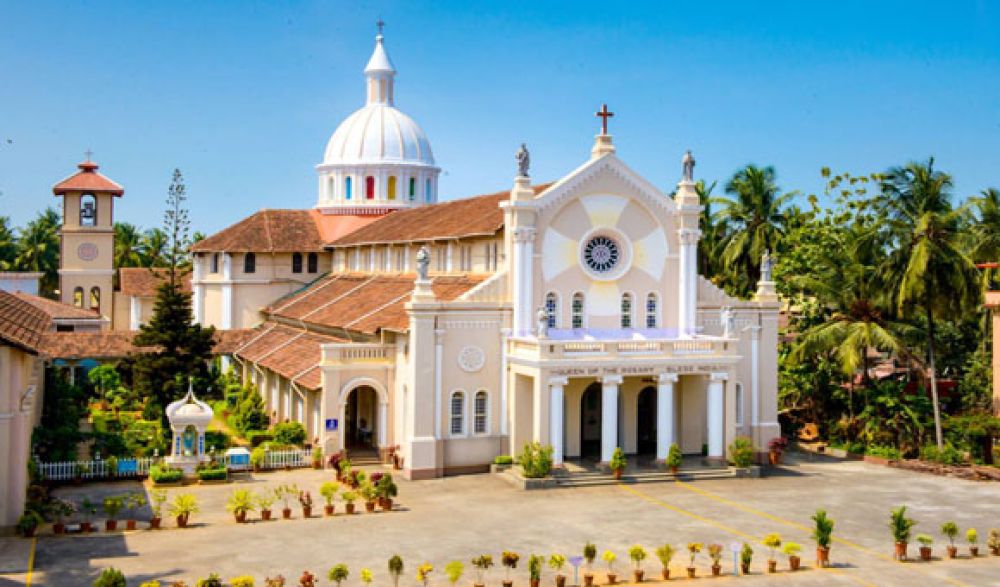

The Rosario Cathedral, also known as the Cathedral of Our Lady of the Rosary, holds a significant place in the history of Christianity in India. It is one of the oldest churches in the state of Karnataka and has been an essential site of Catholic faith. This heritage church was established by Portuguese explorers in the 16th century, exemplifying the baroque style of architecture that became a hallmark of its era. Originally built in 1568, it was later rebuilt in 1910.
Mangalore (Mangaluru) has witnessed a steady stream of tourists over the years who come to explore its rich cultural heritage, pristine beaches, and diverse cuisine. The tourism industry saw a significant boom in the late 20th century with the development of better transportation facilities and the establishment of hotels and resorts catering to a wide range of tourists. The Rosario Cathedral, being a site of historical and spiritual significance, has always been on the itinerary of those visiting Mangalore. It attracts history buffs, architectural enthusiasts, and spiritual seekers alike.
The latest tourism trends in Mangalore indicate a growing interest in experiential and cultural tourism. Visitors are keen on exploring local folklore, traditions, and the culinary specialties of the region. Ecotourism is also on the rise, with tourists showing an inclination towards visiting the Western Ghats' biodiversity and engaging in environmental conservation activities.
Additionally, Mangalore is witnessing an increase in cruise tourism, with the New Mangalore Port being a popular stopover for international cruise liners, bringing in a new influx of international tourists to the city’s landmarks, including the Rosario Cathedral.
In response to the global pandemic, tourism providers have adapted by offering virtual tours and enhancing safety measures to ensure the well-being of visitors, which has allowed for a continued interest in Mangalore's historical sites, including virtual exploration opportunities for those unable to travel.
The Rosario Cathedral is open to visitors throughout the year, and admission is free, making it an accessible attraction for all. The church also conducts regular masses in Konkani and English, offering a glimpse into the local religious practices.
It is advisable for tourists to dress modestly out of respect for the religious site. Photography is generally allowed, but visitors should check for any restrictions, especially during service times.